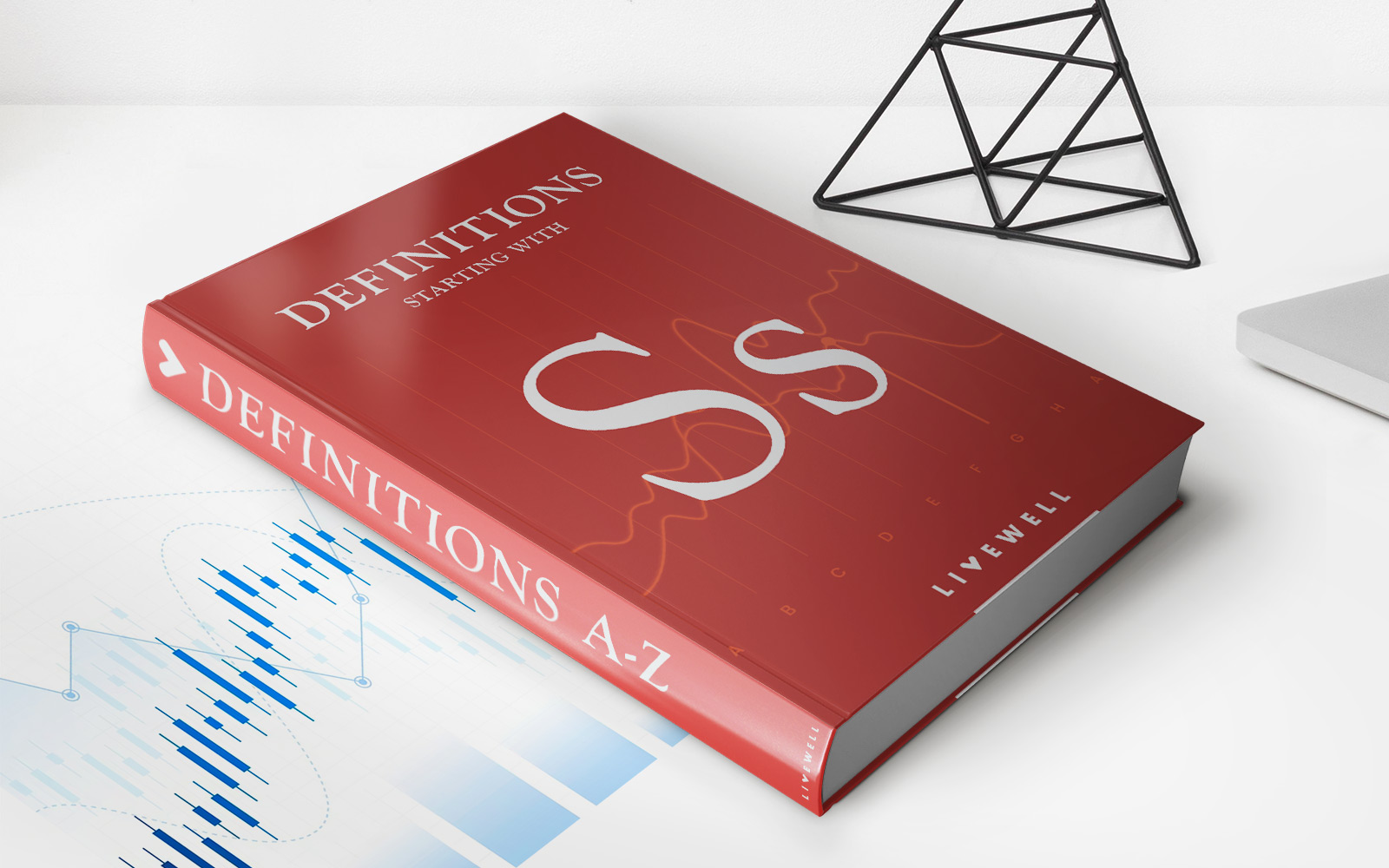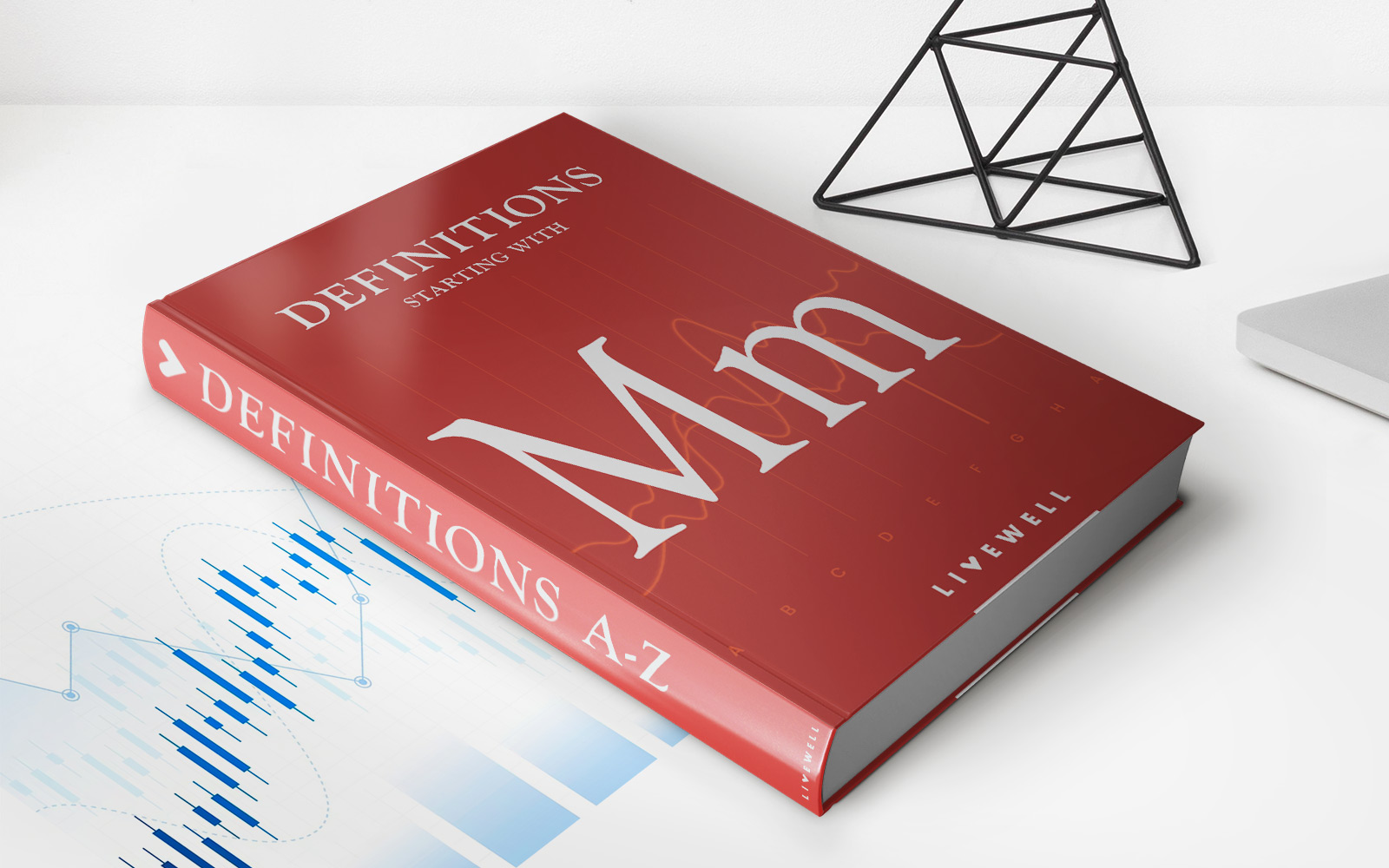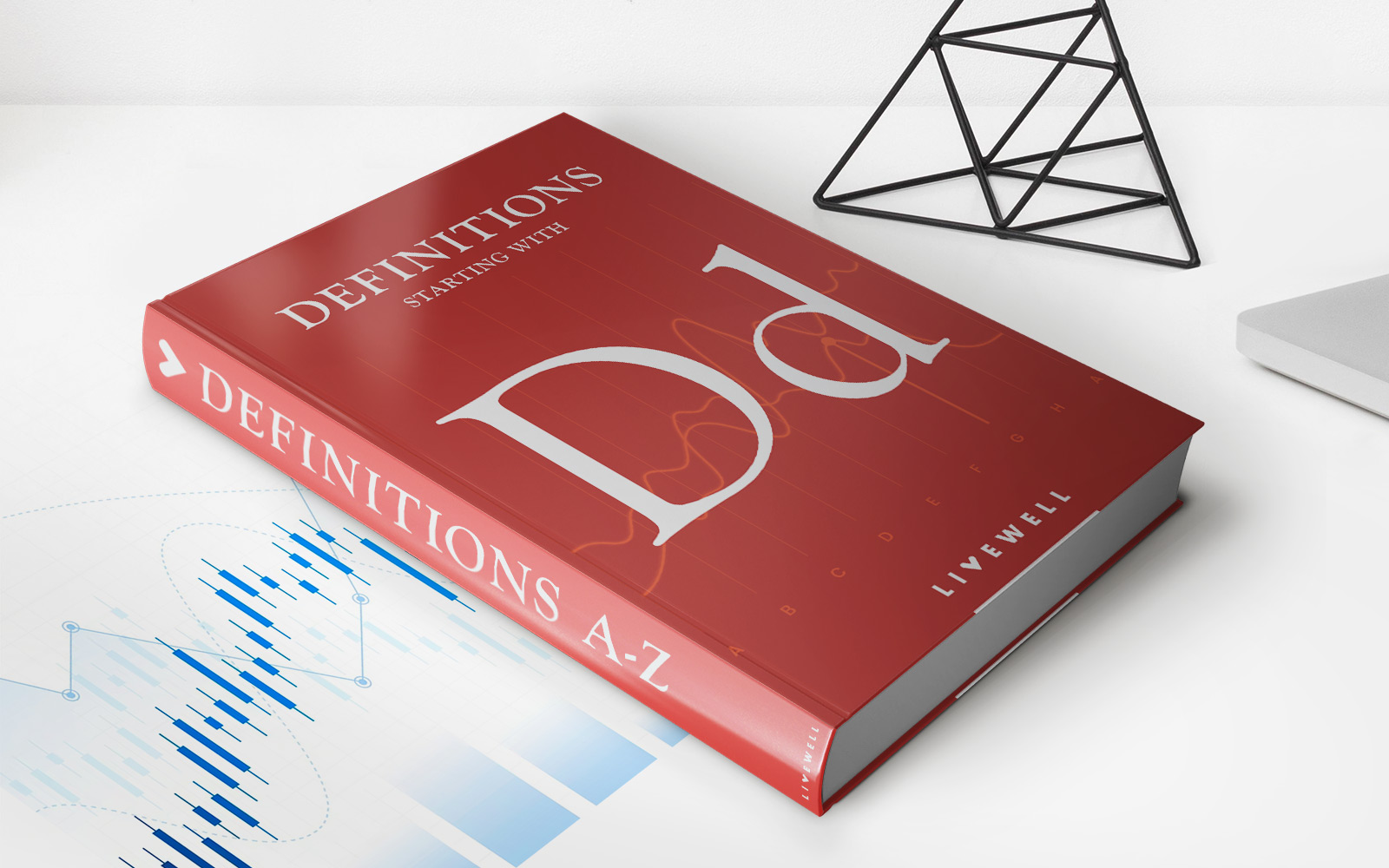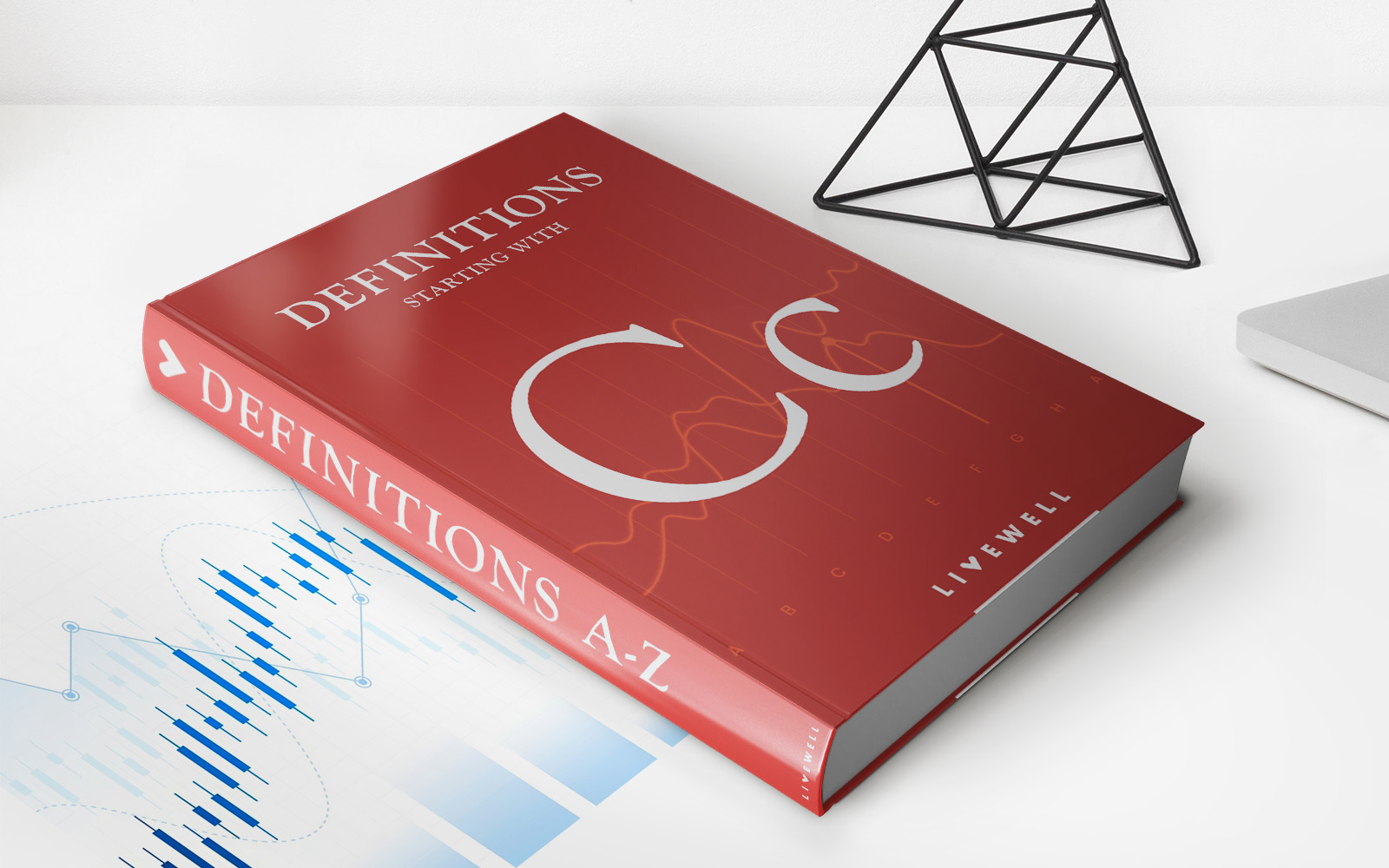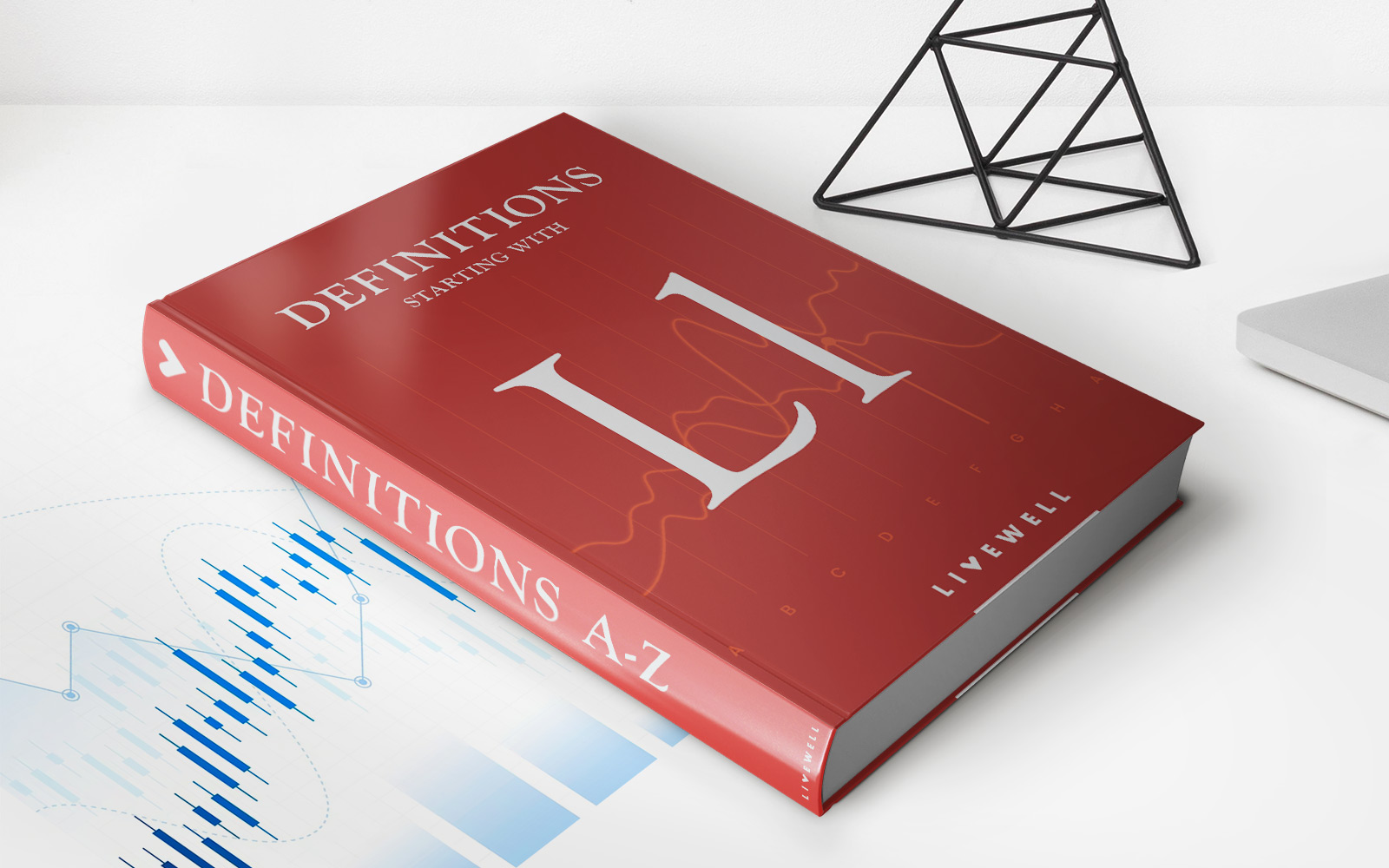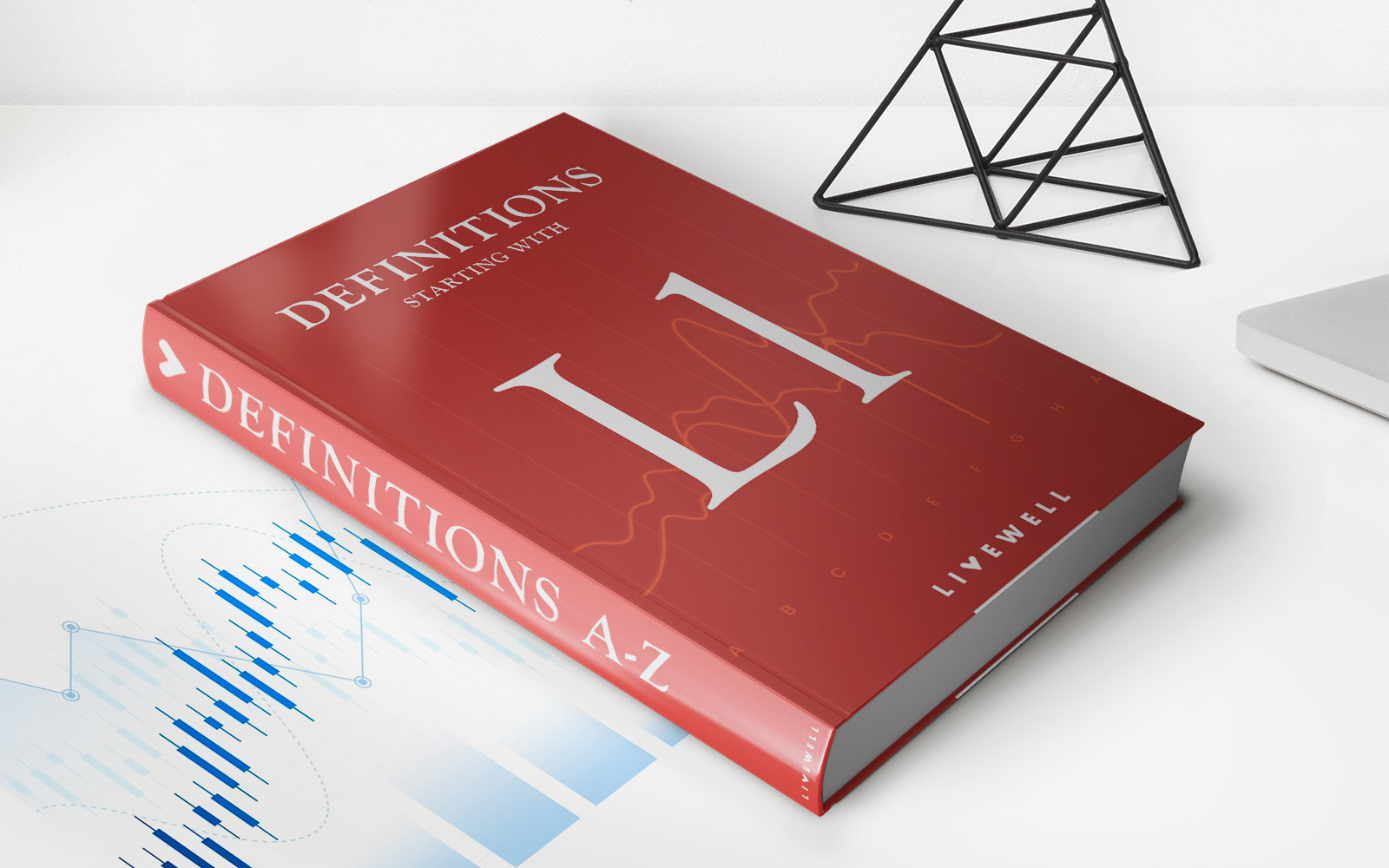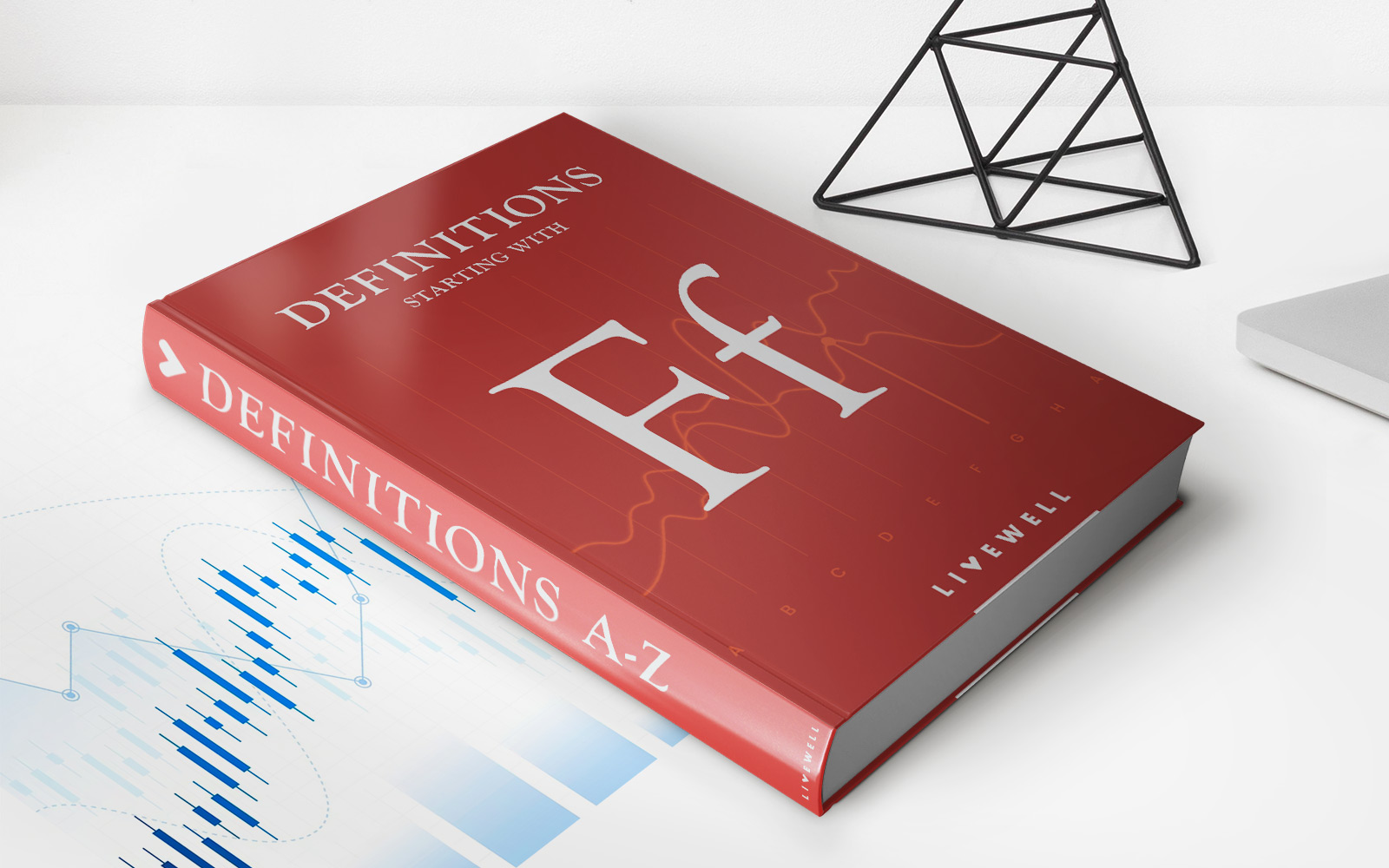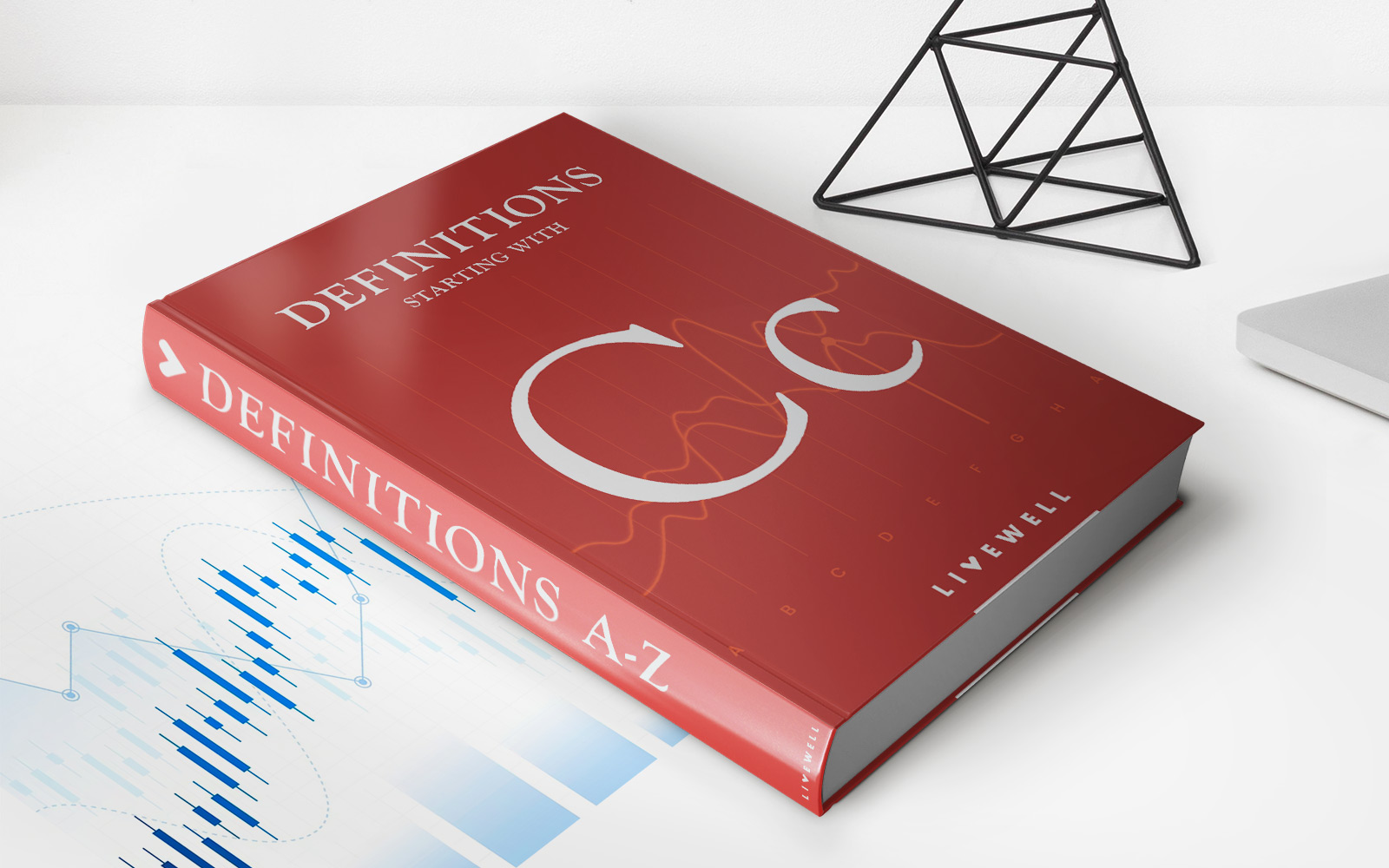Home>Finance>Philippine Peso (PHP): Definition, History, Exchange Rate Range
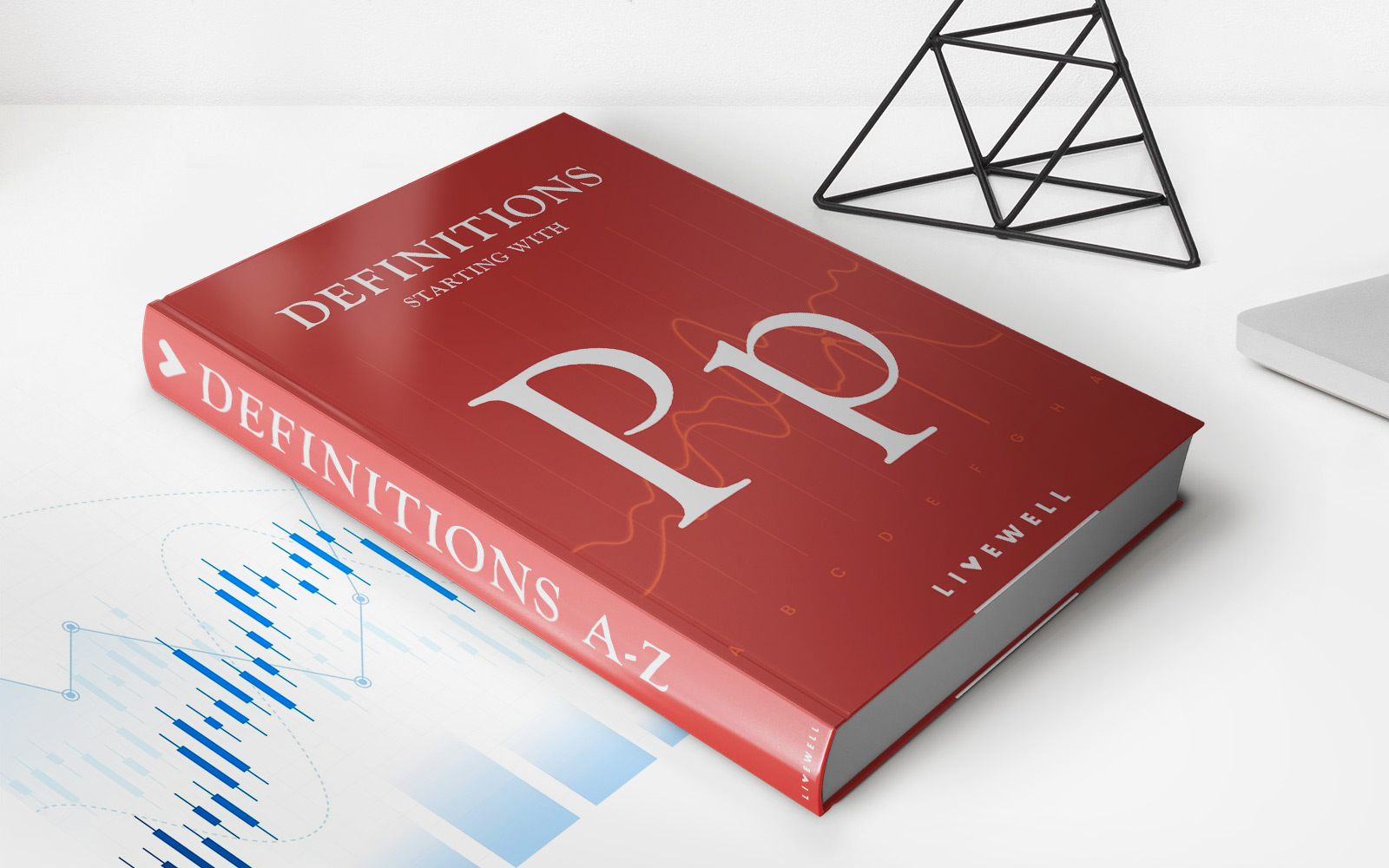

Finance
Philippine Peso (PHP): Definition, History, Exchange Rate Range
Published: January 8, 2024
Learn all about the Philippine Peso (PHP) including its definition, history, and exchange rate range. Stay updated on the latest finance news and trends.
(Many of the links in this article redirect to a specific reviewed product. Your purchase of these products through affiliate links helps to generate commission for LiveWell, at no extra cost. Learn more)
Understanding the Philippine Peso (PHP)
Welcome to the world of foreign exchange! Today, we will delve into the fascinating realm of the Philippine Peso (PHP). As an SEO expert, I’m here to guide you through the definition, history, and exchange rate range of the PHP. So, if you’re curious about this currency and want to know more, keep reading!
Key Takeaways:
- The Philippine Peso (PHP) is the national currency of the Philippines.
- It was first introduced in 1852, making it one of the oldest currencies in Southeast Asia.
A Brief History of the Philippine Peso
The Philippine Peso has a rich history that dates back to the Spanish colonial period. Let’s take a trip down memory lane and discover some interesting facts:
- Spanish Influence: The origins of the Philippine Peso can be traced back to the Spanish dollar, also known as the “peso de ocho.” The Spanish dollar was widely used in Spanish colonies, including the Philippines, during the 16th to 19th centuries.
- The Birth of the Peso: In 1852, the Spanish government introduced the Philippine Peso as the official currency. It was made of silver and was equivalent to 100 centimos. The word “Peso” derives from the Spanish word for weight, reflecting its silver composition.
- American Influence: With the Spanish-American War in 1898, the United States took control of the Philippines. As a result, the Philippine Peso underwent changes in its design and composition to align with the US dollar system.
- Independence and Modernization: The Philippines gained independence in 1946 and continued to use the Philippine Peso as its national currency. Over the years, the currency underwent several changes to improve security features and keep up with modern banking practices.
Exchange Rate Range of the Philippine Peso
The exchange rate of the Philippine Peso fluctuates in response to various factors, including economic conditions, market speculation, and government policies. Here are some important points to note about the exchange rate range of the Philippine Peso:
- USD to PHP: The US dollar (USD) is the most common currency used to convert to Philippine Peso. The exchange rate between the two currencies can fluctuate daily, and it is crucial to stay updated with the latest rates before engaging in any financial transactions.
- Recent Trends: In recent years, the Philippine Peso has shown resilience against foreign currencies, including the US dollar. While fluctuations do occur, the central bank of the Philippines actively manages the exchange rate to ensure stability and promote economic growth.
Whether you’re planning a trip to the Philippines, investing in the country, or simply curious about global currencies, understanding the Philippine Peso is essential. With its intriguing history and fluctuating exchange rates, the PHP offers a lens into the economic landscape of the Philippines.
Remember, the world of foreign exchange is dynamic, so it’s always a good idea to stay informed and consult with experts before making any financial decisions. Happy exploring!
